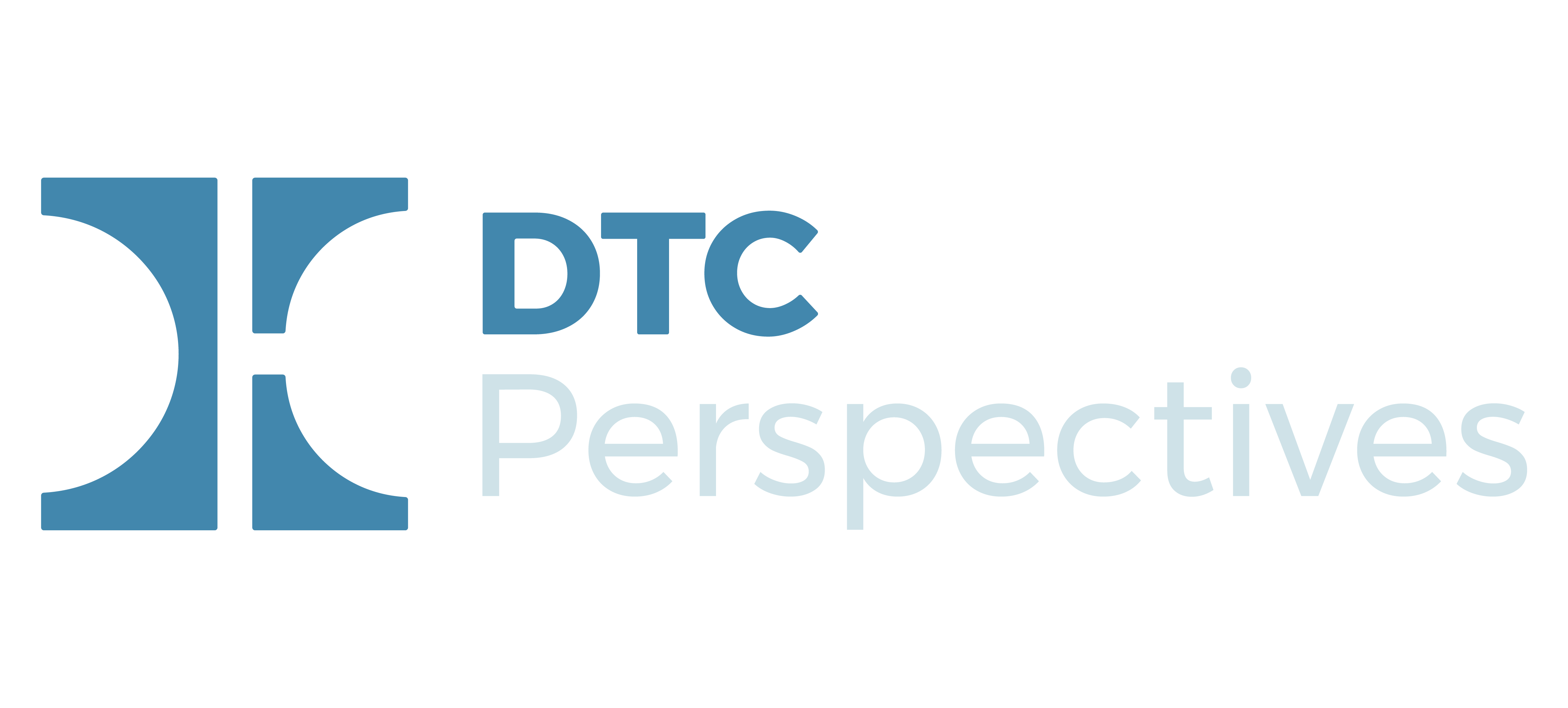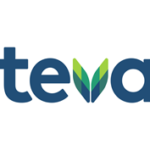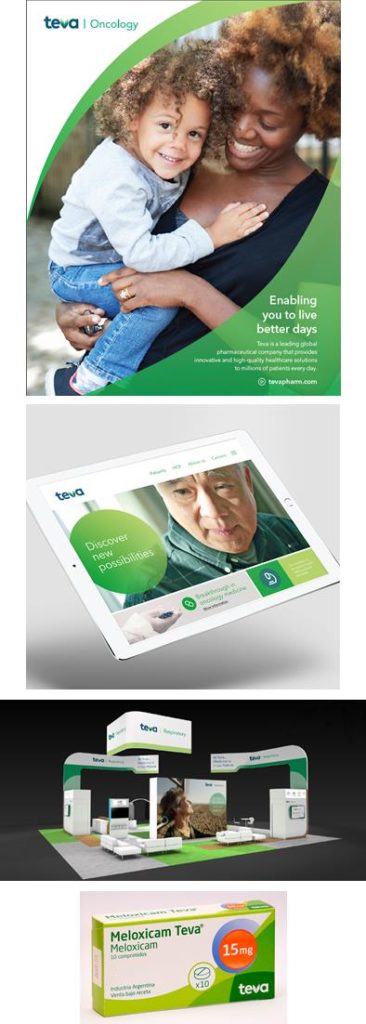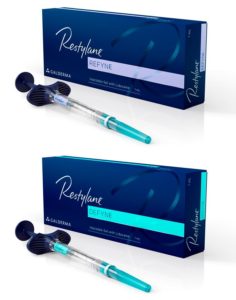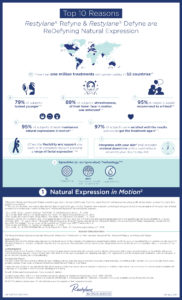 Last week the Departments of Health Human Services (HHS), Labor, and Treasury proposed a rule that would “expand the availability of short-term, limited-duration health insurance by allowing consumers to buy plans providing coverage for any period of less than 12 months, rather than the current maximum period of less than three months.” This will not only provide affordable coverage to Americans who may not have been able to afford current premiums and options, or lacked access to choices that properly matched their needs, but it will “increase competition, choice, and access to lower-cost healthcare options for Americans.”
Last week the Departments of Health Human Services (HHS), Labor, and Treasury proposed a rule that would “expand the availability of short-term, limited-duration health insurance by allowing consumers to buy plans providing coverage for any period of less than 12 months, rather than the current maximum period of less than three months.” This will not only provide affordable coverage to Americans who may not have been able to afford current premiums and options, or lacked access to choices that properly matched their needs, but it will “increase competition, choice, and access to lower-cost healthcare options for Americans.”
While the purpose of these health plans was for temporary coverage, but due to their affordability, access to such plans “has become increasingly important as premiums have more than doubled between 2013 and 2017 in health plans on the Federal Health Insurance Exchange,” the news release stated. The short-term, limited-duration insurance does not have to comply with federal requirements for individual health insurance coverage.
Health and Human Services Secretary and former Lilly USA president Alex Azar stated: “Americans need more choices in health insurance so they can find coverage that meets their needs. The status quo is failing too many Americans who face skyrocketing costs and fewer and fewer choices. The Trump Administration is taking action so individuals and families have access to quality, affordable healthcare that works for them.”

